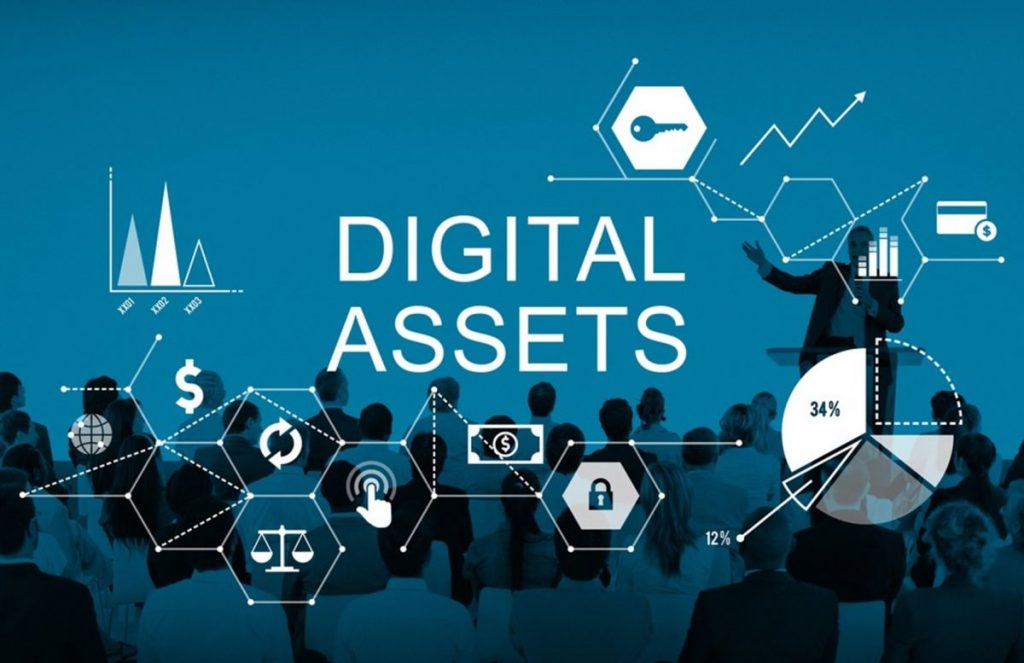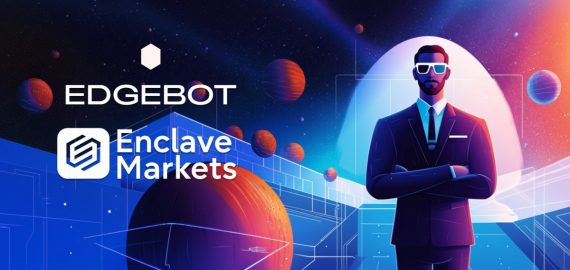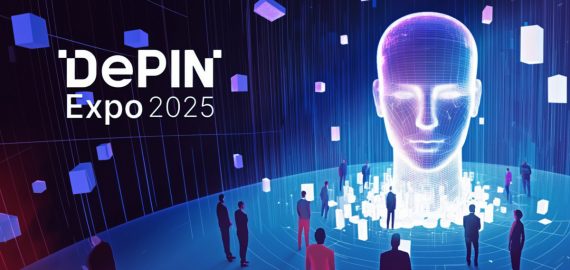Digital Asset


What is Digital Asset?
In general, a digital asset is anything that is created and kept digitally, is recognizable and discoverable, and has or offers value. As technological improvements become increasingly intertwined into our personal and professional lives, digital assets have grown in popularity and value. Data, photos, video, textual content, and other digital assets have long been seen as having ownership rights.
Most digital things, such as a company’s brand, can be ascribed a monetary or intangible worth. Some digital assets, such as a family photo shot on your phone at a gathering, may be useful solely to the originator or one person. Others may be useful to a much larger audience.
Understanding Digital Asset
Digital assets have evolved beyond the words, images, movies, audio, and documents that we identify with the phrase. The blockchain—a distributed public record secured by a consensus mechanism—was launched with Bitcoin in 2009. The notion was not novel because data had evolved into a valuable digital asset requiring protection, management, and storage. Distributed ledgers and the data stored inside them has been existing for a while.
Most people who lived and worked outside of data science, management, analysis, or any other discipline needing massive distributed data networks were unaware of it.
To be deemed an asset, a digital asset must first have the capacity to create value by being used in a way that provides value for the owner. The digital asset should then be able to transmit ownership to someone else by purchase, gifting, or other means, as well as the value the object can provide. It must also be discoverable or stored in a location where it may be found.
Read related articles:
« Back to Glossary IndexDisclaimer
In line with the Trust Project guidelines, please note that the information provided on this page is not intended to be and should not be interpreted as legal, tax, investment, financial, or any other form of advice. It is important to only invest what you can afford to lose and to seek independent financial advice if you have any doubts. For further information, we suggest referring to the terms and conditions as well as the help and support pages provided by the issuer or advertiser. MetaversePost is committed to accurate, unbiased reporting, but market conditions are subject to change without notice.
About The Author
Damir is the team leader, product manager, and editor at Metaverse Post, covering topics such as AI/ML, AGI, LLMs, Metaverse, and Web3-related fields. His articles attract a massive audience of over a million users every month. He appears to be an expert with 10 years of experience in SEO and digital marketing. Damir has been mentioned in Mashable, Wired, Cointelegraph, The New Yorker, Inside.com, Entrepreneur, BeInCrypto, and other publications. He travels between the UAE, Turkey, Russia, and the CIS as a digital nomad. Damir earned a bachelor's degree in physics, which he believes has given him the critical thinking skills needed to be successful in the ever-changing landscape of the internet.
More articles

Damir is the team leader, product manager, and editor at Metaverse Post, covering topics such as AI/ML, AGI, LLMs, Metaverse, and Web3-related fields. His articles attract a massive audience of over a million users every month. He appears to be an expert with 10 years of experience in SEO and digital marketing. Damir has been mentioned in Mashable, Wired, Cointelegraph, The New Yorker, Inside.com, Entrepreneur, BeInCrypto, and other publications. He travels between the UAE, Turkey, Russia, and the CIS as a digital nomad. Damir earned a bachelor's degree in physics, which he believes has given him the critical thinking skills needed to be successful in the ever-changing landscape of the internet.


















































